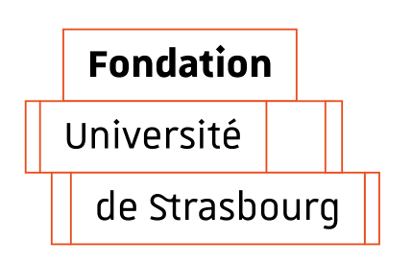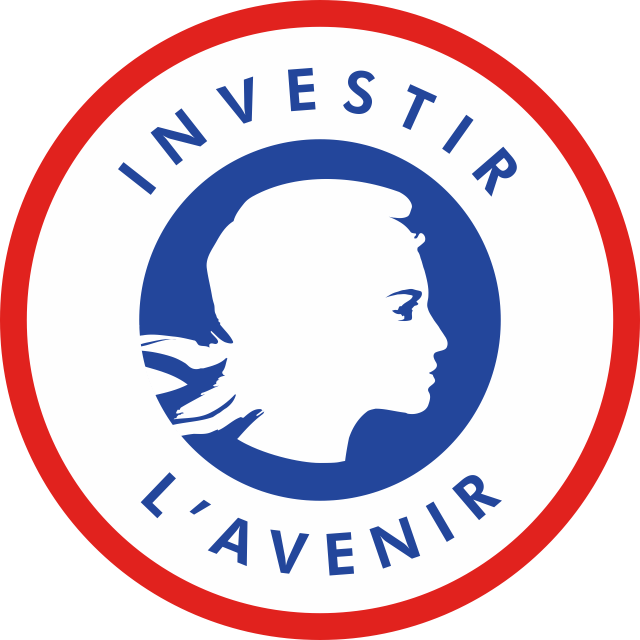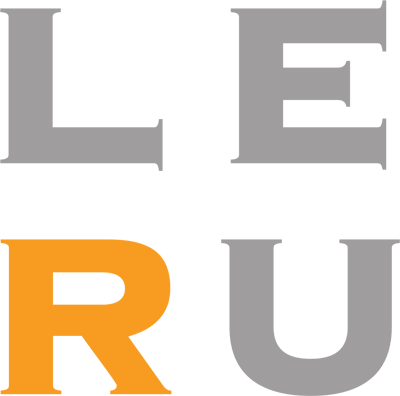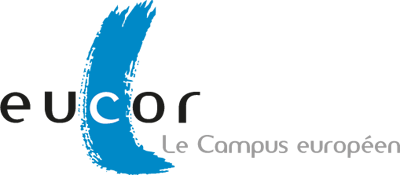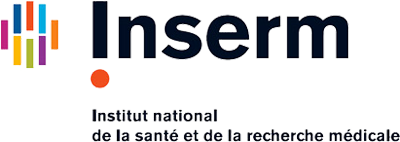Optical spectroscopies
- Cours (CM) -
- Cours intégrés (CI) 21h
- Travaux dirigés (TD) -
- Travaux pratiques (TP) -
- Travail étudiant (TE) 3h
Langue de l'enseignement : Anglais
Description du contenu de l'enseignement
Introduction Concepts and notation, transitions and states, effective (absorption) cross section, spectral line width
Equipment and applications
Vibrational and rotational spectroscopy of diatomic molecules
Harmonic oscillator model for vibrations, potential function, anharmonic oscillator, vibrational energy levels
Infrared spectroscopy of polyatomic molecules Degrees of freedom of vibration, normal coordinates, harmonic approximation, normal modes, spectroscopic notation, symmetry (the point group), infrared selection rules
Rovibrational spectra of polyatomic molecules, recall of the selection rules (infra-red activity)
Raman Spectroscopy Introduction to Raman spectroscopy, exaltation and resonance techniques.
UV-vis spectroscopy. Atomic spectroscopy. Molecular spectroscopy, electron configurations and terms, low and high resolution spectra, symmetry notation, selection rules, Franck-Condon principle, non-radiative processes, fluorescence, phosphorescence
Equipment and applications
Vibrational and rotational spectroscopy of diatomic molecules
Harmonic oscillator model for vibrations, potential function, anharmonic oscillator, vibrational energy levels
Infrared spectroscopy of polyatomic molecules Degrees of freedom of vibration, normal coordinates, harmonic approximation, normal modes, spectroscopic notation, symmetry (the point group), infrared selection rules
Rovibrational spectra of polyatomic molecules, recall of the selection rules (infra-red activity)
Raman Spectroscopy Introduction to Raman spectroscopy, exaltation and resonance techniques.
UV-vis spectroscopy. Atomic spectroscopy. Molecular spectroscopy, electron configurations and terms, low and high resolution spectra, symmetry notation, selection rules, Franck-Condon principle, non-radiative processes, fluorescence, phosphorescence
Compétences à acquérir
In this course, the fundamentals of several optical spectrometries will be presented : Infrared, Raman, UV-Visible and Fluorescence.
At the end of the course the students will:
- know the theory and some experimental techniques of UV/vis, infrared and microwave spectroscopies: basic knowledge of the spectroscopic states involved in electronic, vibrational and rotational transitions.
- have basic knowledge of the equipment necessary for recording spectra in these fields and for various resolution requirements
- know some basic spectral selection rules.
At the end of the course the students will:
- know the theory and some experimental techniques of UV/vis, infrared and microwave spectroscopies: basic knowledge of the spectroscopic states involved in electronic, vibrational and rotational transitions.
- have basic knowledge of the equipment necessary for recording spectra in these fields and for various resolution requirements
- know some basic spectral selection rules.
Bibliographie, lectures recommandées
P. W. Atkins. Physical Chemistry. Oxford University Press, 1994
J. M. Hollas Modern Spectroscopy
J. M. Hollas Modern Spectroscopy
